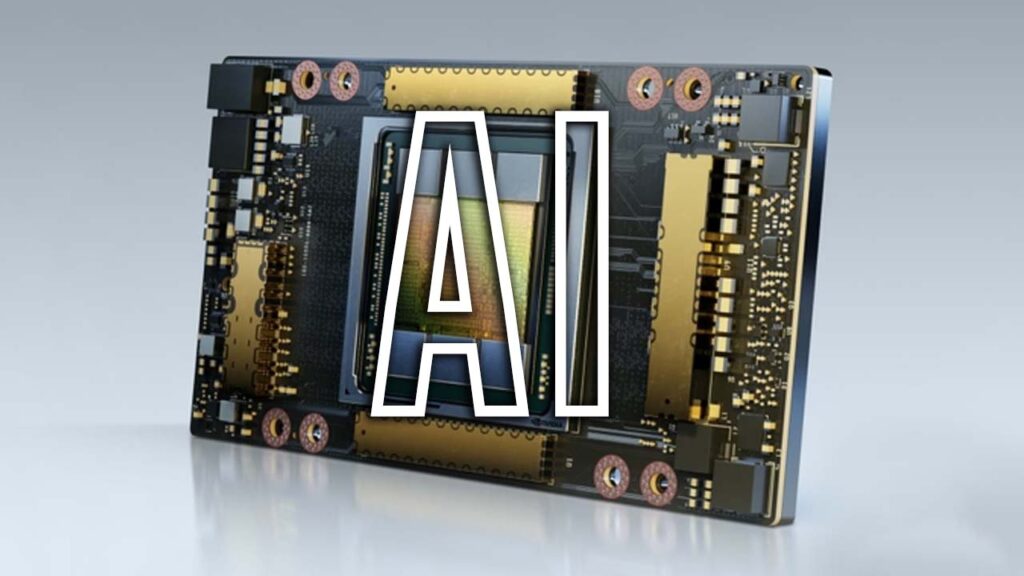- Reuters
- Today

Nvidia to reveal its next-gen AI processor
-

- Web Desk
- Mar 14, 2024

WEB DESK: As Nvidia and its CEO, Jensen Huang, prepare to take the stage at the company’s annual developer conference, the tech world holds its breath, pondering the longevity of their dominance in artificial-intelligence chips.
The event, slated to be held in person for the first time since the pandemic, is expected to draw a crowd of 16,000 attendees, a testament to Nvidia’s standing in the industry.
With a market capitalisation surpassing $2 trillion in late February, Nvidia stands on the precipice of potentially eclipsing Apple as Wall Street’s second-most valuable company, trailing only behind Microsoft.
Analysts project Nvidia’s revenue to skyrocket by 81 per cent this year, reaching a staggering $110 billion, as demand for its cutting-edge chips continues to surge.
This demand has notably outpaced supply, leaving software developers eagerly awaiting their chance to utilise AI-optimised computers at cloud providers.
At the heart of Nvidia’s ongoing success lies its relentless innovation. The imminent unveiling of its next-generation high-end AI processor, expected to be dubbed the B100, symbolises the company’s commitment to maintaining its lead in AI computing.
Anticipation runs high as analysts predict the B100 will serve as the linchpin for Nvidia’s AI systems, slated to hit the market later this year.
Yet, the path forward is not without challenges. Nvidia faces the daunting task of translating its current dominance into sustained leadership in the ever-evolving landscape of computing.
With competitors on the horizon and uncertainties looming, the company must navigate carefully to secure its position at the forefront of the industry.
Central to Nvidia’s strategy is its software ecosystem, exemplified by updates to its CUDA software, which empowers developers to harness the full potential of its chips.
This integrated approach not only enhances performance but also fosters loyalty among developers, making it harder for competitors to sway them.
Moreover, Nvidia’s foray into cloud services adds another dimension to its business model. By offering chips and software as a service, the company aims to expand its reach and solidify its presence in the rapidly growing cloud computing sector.
However, geopolitical tensions pose a significant threat to Nvidia’s global aspirations. With Washington imposing restrictions on China’s access to advanced chips, Nvidia faces mounting pressure to maintain its technological edge while navigating a complex geopolitical landscape.
Despite these challenges, optimism abounds within Nvidia’s ranks. The company’s meteoric rise in stock value reflects growing confidence in its future prospects.
Yet, as analysts caution, maintaining such unprecedented growth requires vigilance and continued innovation.
As the curtain rises on Nvidia’s annual developer conference, all eyes turn to Jensen Huang and his team, eager to witness the next chapter in the company’s journey towards technological supremacy.
Whether Nvidia can sustain its reign as the undisputed leader in AI chips remains to be seen, but one thing is certain: the stakes have never been higher.




